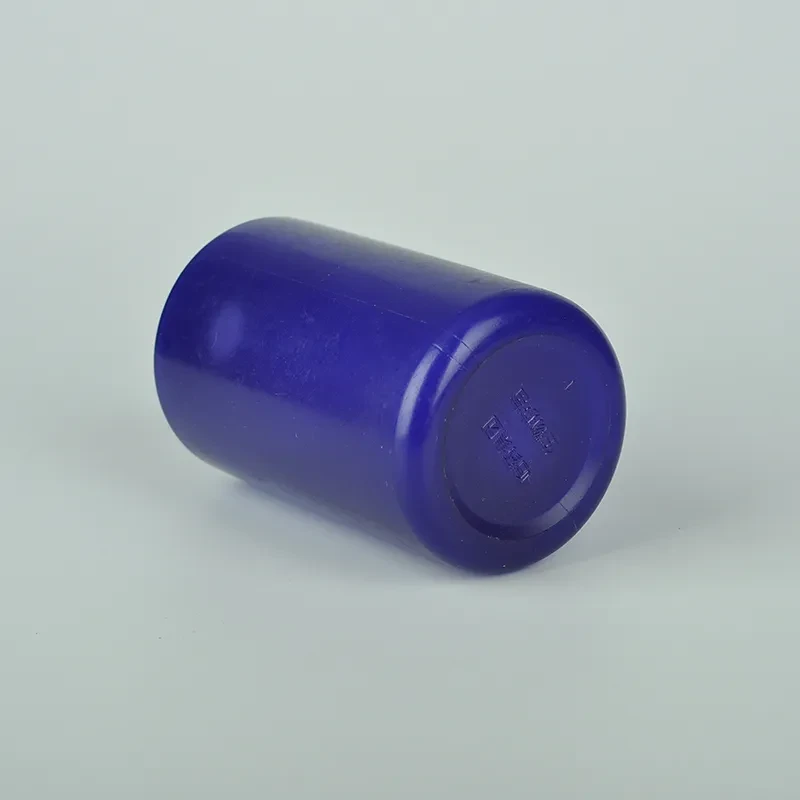
-
 Afrikaans
Afrikaans -
 Albanian
Albanian -
 Amharic
Amharic -
 Arabic
Arabic -
 Armenian
Armenian -
 Azerbaijani
Azerbaijani -
 Basque
Basque -
 Belarusian
Belarusian -
 Bengali
Bengali -
 Bosnian
Bosnian -
 Bulgarian
Bulgarian -
 Catalan
Catalan -
 Cebuano
Cebuano -
 Corsican
Corsican -
 Croatian
Croatian -
 Czech
Czech -
 Danish
Danish -
 Dutch
Dutch -
 English
English -
 Esperanto
Esperanto -
 Estonian
Estonian -
 Finnish
Finnish -
 French
French -
 Frisian
Frisian -
 Galician
Galician -
 Georgian
Georgian -
 German
German -
 Greek
Greek -
 Gujarati
Gujarati -
 Haitian Creole
Haitian Creole -
 hausa
hausa -
 hawaiian
hawaiian -
 Hebrew
Hebrew -
 Hindi
Hindi -
 Miao
Miao -
 Hungarian
Hungarian -
 Icelandic
Icelandic -
 igbo
igbo -
 Indonesian
Indonesian -
 irish
irish -
 Italian
Italian -
 Japanese
Japanese -
 Javanese
Javanese -
 Kannada
Kannada -
 kazakh
kazakh -
 Khmer
Khmer -
 Rwandese
Rwandese -
 Korean
Korean -
 Kurdish
Kurdish -
 Kyrgyz
Kyrgyz -
 Lao
Lao -
 Latin
Latin -
 Latvian
Latvian -
 Lithuanian
Lithuanian -
 Luxembourgish
Luxembourgish -
 Macedonian
Macedonian -
 Malgashi
Malgashi -
 Malay
Malay -
 Malayalam
Malayalam -
 Maltese
Maltese -
 Maori
Maori -
 Marathi
Marathi -
 Mongolian
Mongolian -
 Myanmar
Myanmar -
 Nepali
Nepali -
 Norwegian
Norwegian -
 Norwegian
Norwegian -
 Occitan
Occitan -
 Pashto
Pashto -
 Persian
Persian -
 Polish
Polish -
 Portuguese
Portuguese -
 Punjabi
Punjabi -
 Romanian
Romanian -
 Russian
Russian -
 Samoan
Samoan -
 Scottish Gaelic
Scottish Gaelic -
 Serbian
Serbian -
 Sesotho
Sesotho -
 Shona
Shona -
 Sindhi
Sindhi -
 Sinhala
Sinhala -
 Slovak
Slovak -
 Slovenian
Slovenian -
 Somali
Somali -
 Spanish
Spanish -
 Sundanese
Sundanese -
 Swahili
Swahili -
 Swedish
Swedish -
 Tagalog
Tagalog -
 Tajik
Tajik -
 Tamil
Tamil -
 Tatar
Tatar -
 Telugu
Telugu -
 Thai
Thai -
 Turkish
Turkish -
 Turkmen
Turkmen -
 Ukrainian
Ukrainian -
 Urdu
Urdu -
 Uighur
Uighur -
 Uzbek
Uzbek -
 Vietnamese
Vietnamese -
 Welsh
Welsh -
 Bantu
Bantu -
 Yiddish
Yiddish -
 Yoruba
Yoruba -
 Zulu
Zulu
small petri dish size
Exploring the Importance of Small Petri Dish Sizes in Microbiology
In the realm of microbiology, the choice of equipment can greatly influence experimental outcomes. Among the essential tools used in laboratories, the petri dish stands out as a fundamental instrument for culturing microorganisms. While petri dishes come in various sizes, the smaller variants often play a pivotal role in certain types of experiments, particularly in education and research settings.
Exploring the Importance of Small Petri Dish Sizes in Microbiology
Another significant advantage of using small petri dishes is the ease of observation and analysis. When working with limited quantities of samples, a smaller dish provides a more concentrated environment, allowing researchers to focus on the growth patterns of microorganisms more closely. Additionally, the reduced surface area means that any changes or interactions between microbial colonies can be more readily observed, which is particularly beneficial for students and novice researchers learning the principles of microbiology.
small petri dish size

In laboratory settings, small petri dishes are particularly useful for performing experiments that require precise measurements of growth or testing specific variables. For instance, when studying the effects of different antibiotics on bacterial cultures, using a small dish allows for a more controlled environment. Researchers can perform multiple trials simultaneously, each with a different concentration of the antibiotic, to observe the varying impacts on bacterial growth. This level of control is essential for drawing valid conclusions and understanding microbial behaviors.
Furthermore, small petri dishes are often used in high-throughput screening applications, where numerous samples need to be tested simultaneously. Automation technologies can easily accommodate the smaller format, allowing for efficient data collection and analysis. This capability is crucial in pharmaceutical research, where quick identification of effective compounds can expedite the development of new drugs.
In conclusion, while larger petri dishes have their own set of advantages, small petri dish sizes offer unique benefits that make them indispensable in various microbiological applications. They enhance resource efficiency, facilitate clearer observation, and support precise experimentation. As the field of microbiology continues to evolve, the importance of the small petri dish will undoubtedly remain significant, serving both educational and research purposes efficiently.
-
PTFE Centrifuge Tubes - Chemical Resistant, Leak-proof, Ideal for Laboratory UseNewsJul.05,2025
-
Premium Metal Dropper Bottle for Precise Dispensing 250ml & 1ml Options AvailableNewsJul.04,2025
-
20 ml Headspace Vials - High Quality Polyethylene & Plastic Vials for Lab UseNewsJul.04,2025
-
Small Bottle with Pipette - Precise Dispensing 100ml Pipette Bottles for Essential Oils & Lab UseNewsJun.24,2025
-
Acetic Anhydride Bottle for Accurate Dropper Measurement in Pharmacy Use High-Quality Dropper BottlesNewsJun.10,2025
-
Innovative PET Bottle Design for Juice – Unique Shapes & Customization OptionsNewsJun.10,2025






















